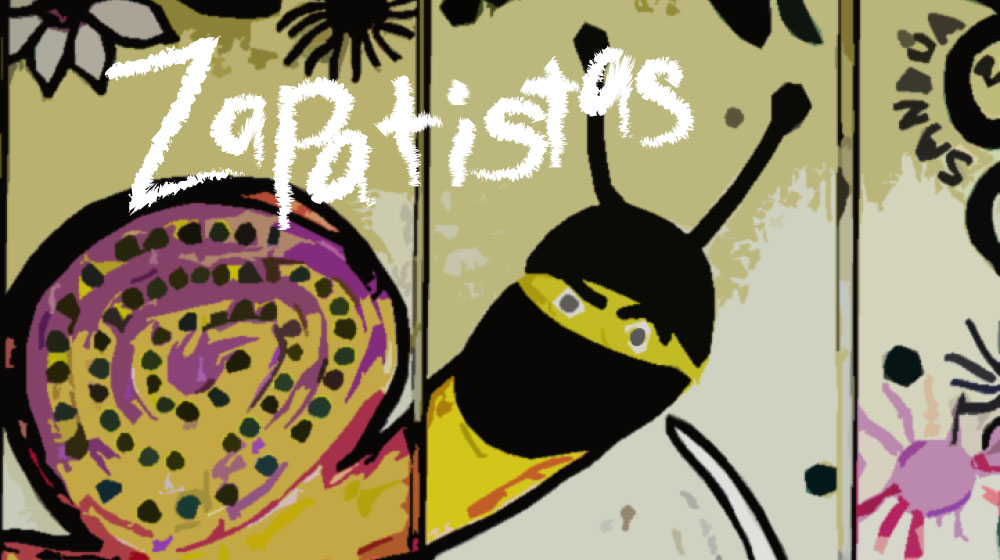
The Zapatistas of Chiapas, Mexico provide some reference points for building whole movements and transforming societies in ways that mirror our values. With no need to idealize or decontextualize their struggle, we can say that there are many decisions they’ve made that inspire us. The Zapatistas rose up in arms in 1994 in order to end the over 500 years of oppression they experienced as indigenous peoples. They were also seeking “democracy, liberty and justice for all Mexicans.” In that uprising they sought to minimize violence, asking “that international organizations and the International Red Cross watch over and regulate our battles, so that our efforts are carried out while still protecting our civilian population. We declare now and always that we are subject to the Geneva Accord…” Living in conditions of desperate rural poverty, they destroyed the land deeds of the hacienda owners and redistributed the land not only to themselves, but also to the indigenous peasants of many different organizations throughout Chiapas. Seeing that the rest of Mexico was calling for a peaceful path to change in the country, the Zapatistas stopped fighting with their weapons and continued fighting with their words just weeks after the uprising, and have been doing so ever since. Since those early days, countless local, regional, national, international and, as they jokingly say, “intergalactic,” organizing initiatives have been launched or inspired by the Zapatista movement. Within their own territories, they continue to build innovative and autonomous political and judicial structures and educational, health, communication and economic development programs. They have separated their political and military organization from the civilian institutions of their roughly 1,100 communities grouped into twenty-nine autonomous municipalities and five regions known as “caracoles.” Their radical democratic vision, with frequently rotated positions of authority in the communities, that emphasize leadership as a labor of service, that prioritizes listening, accountability, and consensus-building, and that joins ethics with politics, continues to shine a light on this other way of doing politics we seek to build and practice.